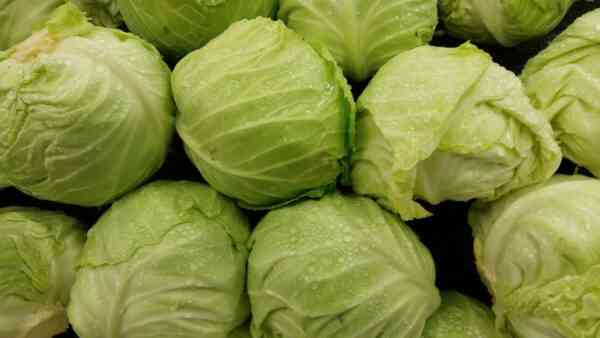Different varieties of cabbage occupy an important place in the culinary traditions of many nations, especially in Europe. However, in Asia this vegetable is also popular, however, its completely different varieties, which are unlikely to be suitable for traditional Ukrainian soups or German dishes of cabbage stewed with sausages. Cabbage variety is indeed very large, and a wide variety of varieties are eaten, although some of them are almost universally popular, and therefore they are easy to find on store shelves.
Interesting facts about cabbage
- The origin of cabbage is still unknown. Most likely, this vegetable appeared somewhere in Asia, but scientists cannot say for sure yet.
- The stalk is the most harmful part of the cabbage, because it is in it that various nitrates accumulate.
- Theatrical skits did not just get their name. There is a version that this was the name of the gatherings of theatrical actors after the winter season ended. As a rule, Great Lent was going on at this time, when the church was not allowed to eat quick meals. Therefore, the main decoration of the table was a lean cabbage pie.
- To this day, the wild relative of garden cabbage has not been identified, as well as the place where garden cabbage was grown for the first time.
- Cabbage has useful properties , which help fight excess weight.
- Archaeological excavations indicate that people began to grow cabbage since the Stone and Bronze Ages.
- Already in the 15th-10th centuries BC, cabbage was widely cultivated in Ancient Egypt (interesting facts about Ancient Egypt).
- The ancient Greeks and Romans grew no more than a dozen varieties of cabbage. In the nineteenth century there were already about thirty, and now there are more than a hundred.
- In sauerkraut, cabbage is healthier than fresh. The useful qualities of sauerkraut last about 10 months, so you can eat it almost all year.
- The word “cabbage” comes from the ancient Greek “caputum” (head), which emphasizes the peculiar shape of this vegetable. Well, you see, there is a certain similarity.
- Cabbage juice in folk medicine is used as an antimicrobial and anti-inflammatory agent.
- Cabbage was introduced into scientific medicine after the discovery of an anti-ulcer factor called vitamin U. Leaf juice is recommended for the treatment of gastric and duodenal ulcers, gastritis and colitis.
- The ancient Greek philosopher and mathematician Pythagoras highly appreciated the medicinal properties of cabbage, and personally engaged in its selection (interesting facts about Pythagoras).
- Fresh cabbage leaves help to remove cholesterol from the body.
- Juice cabbage is a cosmetic product. It has a rejuvenating effect, so it is used for rinsing the face and preparing various cosmetic masks.
- There are not only edible, but also purely decorative varieties of cabbage, and in a variety of colors.
- According to the laws of the US state of New Jersey, cabbage is allowed to be sold on any day of the week except Sunday. And in West Virginia, you can’t ferment cabbage, a process that is said to be accompanied by an unpleasant odor that can disturb neighbors.
- Cabbage is 91% water. For comparison, cucumbers are 95-97% water (interesting facts about cucumbers).
- A cabbage head is a huge bud that can overwinter and brings forth the next year after germination the fruits-pods in which the seeds are located.
- Sauerkraut contains lactic acid, due to which beneficial bacteria remain in the intestines.
- 100 g of raw cabbage provides more than 60% of the daily requirement of an adult in vitamin C.
- Sauerkraut was invented in ancient China, and it was soaked in wine. It is known that as early as the 3rd century BC. sauerkraut made with rice wine was fed to the builders of the Great Wall of China (interesting facts about Ancient China).
